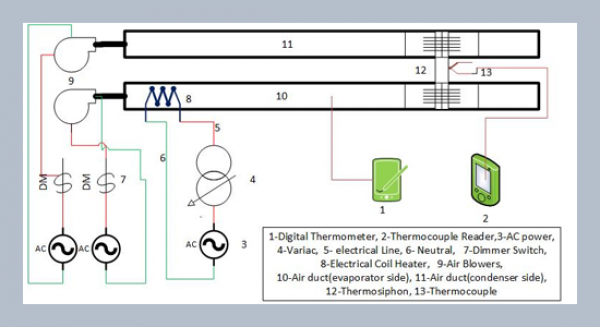Chi-Bin Cheng* Department of Information Management, Tamkang University 151 Ying-chuan Road, Tamsui, Taipei County, Taiwan.
Download Citation:
|
Download PDF
This paper presents a performance evaluation process for Balanced Scorecard (BSC) systems by employing Analytic Hierarchy Process (AHP) and multiple attribute decision making (MADM) approaches. The AHP under a group decision-making setting is used to determine the weights of performance measures in the evaluation, and then an MADM problem is solved to rank the evaluated subjects. The performance evaluation in the BSC system includes both quantitative and qualitative measures. The assessments of quantitative measures are the achievement degree of their targets, while the assessments of qualitative measures are to assign fuzzy numbers on a rating scale with descriptive labels. A performance balance factor is also suggested to adjust the scores obtained from the MADM approach to avoid paying bonus to unbalanced performance. The proposed approach is applied to evaluating the performance of sixteen business units within a company.ABSTRACT
Keywords:
Balanced Scorecard; Performance evaluation; Analytic hierarchy process (AHP); Multiple attribute decision making (MADM); Fuzzy numbers; Group decision making.
Share this article with your colleagues
REFERENCES
ARTICLE INFORMATION
Accepted:
2008-07-02
Available Online:
2008-04-01
Cheng, C.-B. 2008. Performance evaluation for a balanced scorecard system by group decision making with fuzzy assessments. International Journal of Applied Science and Engineering, 6, 53–69. https://doi.org/10.6703/IJASE.2008.6(1).53
Cite this article:















